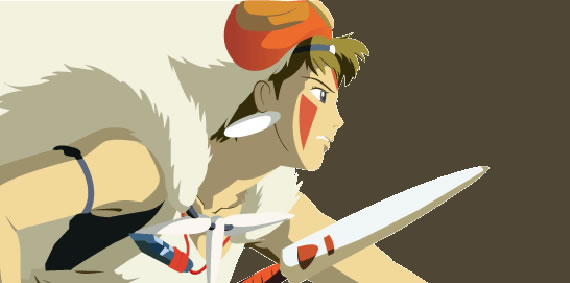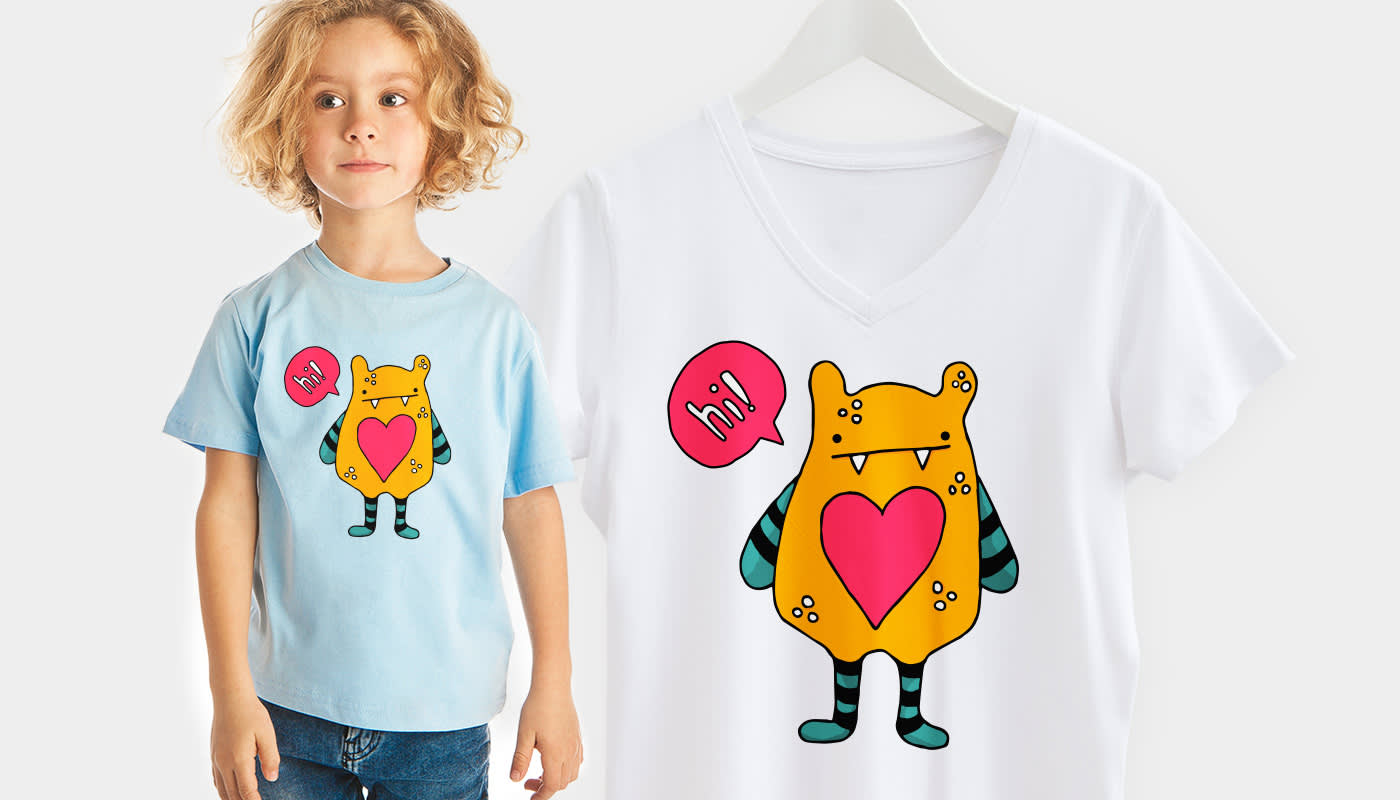
- #Vectorise image illustrator full
- #Vectorise image illustrator software
- #Vectorise image illustrator free
#Vectorise image illustrator software
The Illustrator software helps you turn your sketch into a flexible vector file. Vectorising images in Illustrator – from drawing to vector file Most importantly, the image’s sharpness remains, and that’s perfect for creating T-Shirt designs. Each path may be assigned various attributes, including values like stroke color, shape, curve, thickness and fill. Each of these points has a definite position on the x- and y-axes, and determines the direction of the path. The vectors they are based on lead through locations called “control points” or “nodes”. Vector graphics use polygons to represent images in computer graphics. Vectorizing with Illustrator remedies this issue. This means that if you enlarge the image above its maximum size determined by the number of pixels, the resulting image will look pixelated (blurred and fuzzy). Pixel graphics consist of a limited number of small elements (pixels), the number of which can’t be changed. png are widely used, as they are classic pixel graphic formats. Find out how you can vectorize images with Illustrator in a matter of clicks!įile types like. They are super easy to edit, and you can enlarge them without loss of quality. But I'll return if I find something useful.Vector graphics files are perfect for T-shirt printing. That's worth trying! Unfortunately I cannot say straight away what's the right blend for the wanted result. LATE ADDITION: There's a comment (by user joojaa) which suggests that in Illustrator blending can make the blur shown in your example.
#Vectorise image illustrator full
You cannot enlarge them with an own white background, so using an enlargener program is possible only by enlargening the full combined image as flattened with a white background. I would at least to try to redraw them in the higher resolution image. The brush strokes look also transparent in many places and they have blurry edges. So, you can well enlarge the bottom layer as a flat image with a white backround. If your printer works internally with CMYK colors (no matter you very likely must print a RGB image) white background doesn't affect.

You can flatten the layer with blur effects to have a white background. The mentioned image enlargeners do not process it as wanted. It's not freeware, but it can process a multilayer PSD image. It has been around for decades under changing brand names when a bigger company has bought a smaller one.

Then there's many commercial programs, too.
#Vectorise image illustrator free
Smilla Enlargener is a well working and free one. You can try some image enlargening program - one which is clever enough to guess which edges and borders should be kept sharp and where a smooth color transition is needed. I guess you have already tried scaling the image to a bigger size, say to 400% and noticed it makes all sharp borders muddy. Trace the parts and paste them back to Photoshop to a big enough (I guess you want at least a 2000 px wide image) empty bitmap image. Pasting directly to Illustrator removes transparency. You must export and place the parts as a PSD file to Illustrator to keep the parts as separate images and without spoiling the transparency.

If possible, trace also them with no transparency nor blur effects. The brush strokes look blurry and partially transparent, too. (case no parts without the blur any more available is discussed later). Trace the blurred shapes to vectors without the blur effect. One possibility is to trace them to vectors in Illustrator. If the drawing has different parts as separate layers, you may enlarge the layers separately to higher pixel dimensions. If redrawing it as vector is out of question due the non-existent vector effects or you just want to use the low resolution version, because there something has succeeded over your expectations you still have options left. Your 587 x 940 pixels image probably is too rough. Obviously a bitmap image could be printed if the resolution was high enough. Your directed blurs look possible to make as gradients, but surely they need more work. But that can need a lot of work if the image uses some effect which is easy only in Photoshop or other bitmap image editor. I would try to redraw the image as vector. A human or some experimental AI program may be able to create good enough vector shapes with gradient fills or blur effects. There's no commonly available way to vectorize automatically blurs nor gradients so that the result is either a path filled with a gradient or a path with blur effect.


 0 kommentar(er)
0 kommentar(er)
